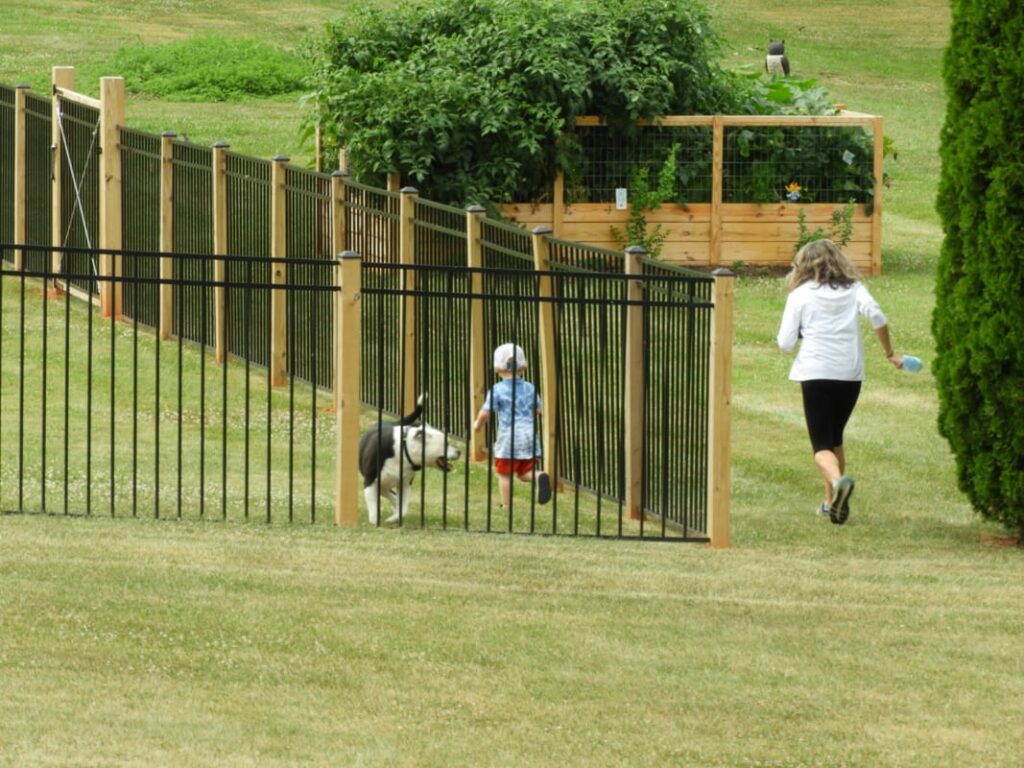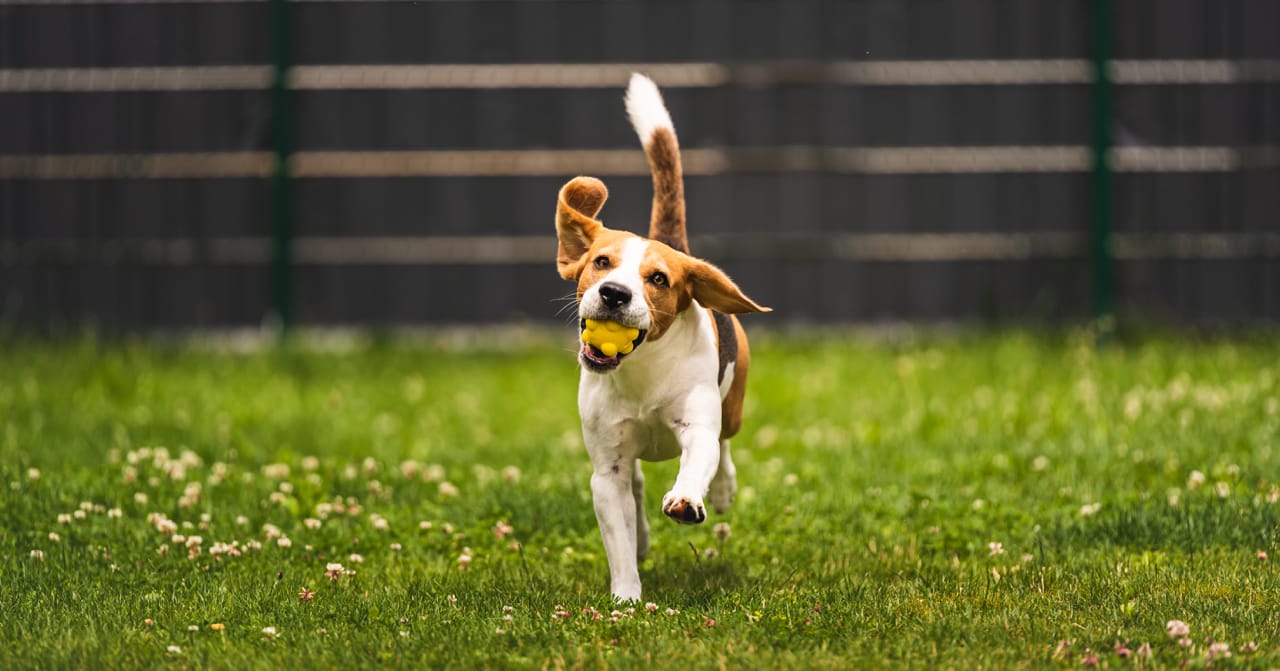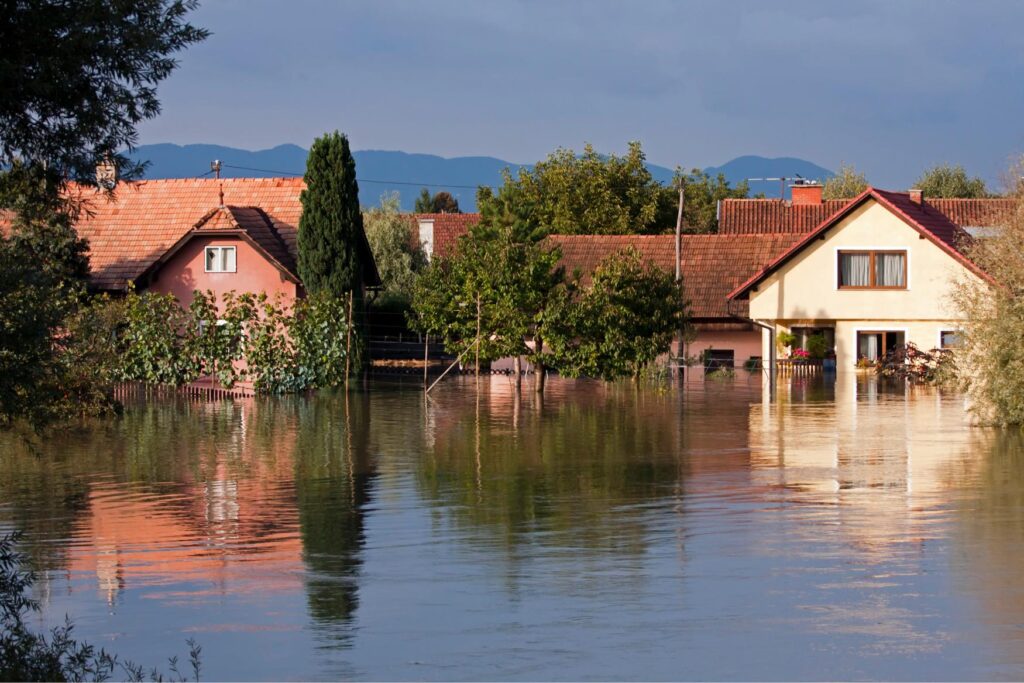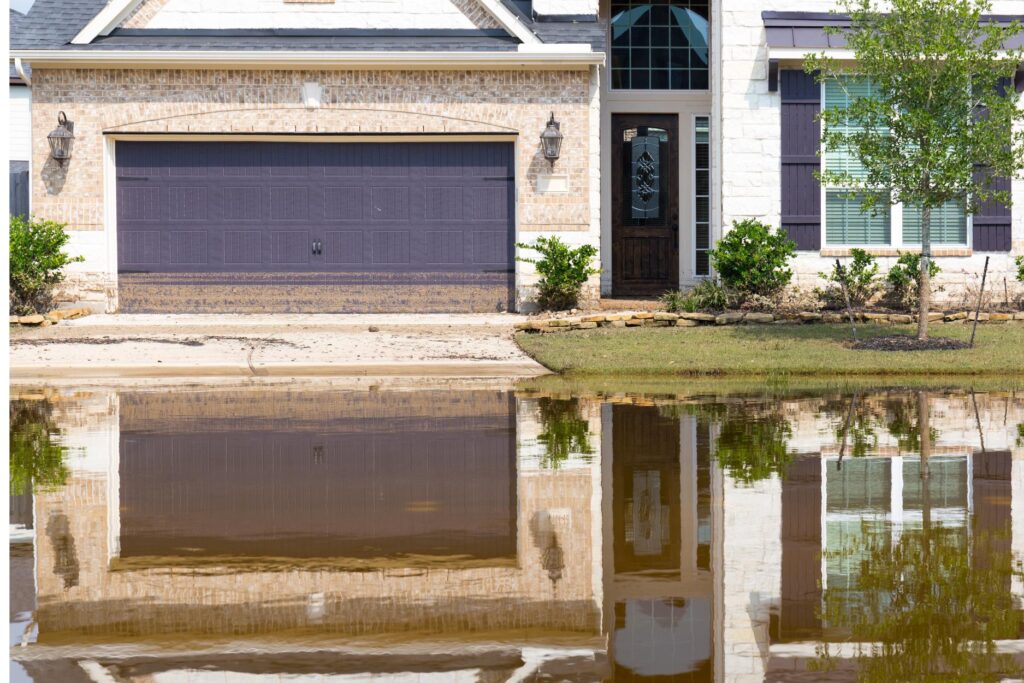Contents
DIY Dog Fence Ideas and Installation Tips
Key Takeaways From This Article
- Planning is essential before starting your DIY dog fence project, and factors like your dog’s needs, property size, obstacles, and budget should be considered.
- There are different DIY dog fence ideas to choose from, such as traditional wood fences, chain-link fences, PVC pipe fences, and electric fences.
- Installing a dog fence requires clearing the area, measuring twice and cutting once, installing gates, considering landscaping, and testing the fence once installed.
Proper maintenance, such as routine painting or staining, can help extend the life of your fence and keep your furry friend safe.

We understand the love you have for your furry friend. Dogs are a part of the family and keeping them safe is a top priority for any pet owner. However, traditional fencing can be costly and may not always fit your unique property or budget. That’s why we’ve gathered some DIY dog fence ideas and installation tips to help you create a safe and secure space for your pup without breaking the bank.
Planning Your Dog Fence
Before diving into the installation process, it’s important to consider a few factors to ensure you’re building the best fence for your furry friend.
Determine Your Dog’s Needs
Every dog is unique and requires different levels of protection. For example, if you have a large dog that loves to jump, you’ll want to consider a fence that’s at least six feet tall. On the other hand, a smaller dog may not need such a high fence but may require a fence with smaller gaps between the pickets to prevent them from escaping.
Survey Your Property
It’s essential to know the size and shape of your property before you start building. This will help you determine the amount of fencing material you need and where to install it. Additionally, you’ll need to consider any obstacles like trees, rocks, or other structures that may affect the placement of your fence.
Budget
DIY dog fences can be affordable, but the costs can quickly add up if you’re not careful. Before you start building, create a budget that includes the cost of materials, tools, and any extra features you want to add, such as gates or decorative elements.
DIY Dog Fence Ideas
Once you’ve planned your dog fence, it’s time to explore different DIY dog fence ideas that fit your needs and budget.
Traditional Wood Fence
A traditional wood fence is a popular option for dog owners. It’s durable, can be customized to fit any property, and provides a classic look. However, it does require some upkeep, such as staining or painting, to keep it looking new.
Chain-Link Fence
A chain-link fence is a great option for dog owners on a budget. It’s affordable, easy to install, and provides excellent visibility. However, it may not provide as much privacy as other options and may not be suitable for dogs that like to dig.
PVC Pipe Fence
A PVC pipe fence is an affordable and durable option for dog owners. It’s easy to install, requires minimal maintenance, and can be customized to fit any property. However, it may not be suitable for dogs that like to chew.
Electric Fence
An electric fence is a high-tech option that provides an invisible barrier for your dog. It’s easy to install and provides excellent protection. However, it can be costly and may not be suitable for all dogs, especially those with hearing impairments.
Installation Tips
Now that you’ve chosen the type of fence you want, it’s time to start the installation process. Here are some installation tips to help you build a safe and secure dog fence.
Clear the Area
Before you start building, make sure to clear the area of any debris or obstacles that may interfere with the installation process.
Measure Twice, Cut Once
Double-check your measurements before cutting any materials. This will help ensure that your fence fits your property perfectly and minimizes the need for adjustments during installation.
Install Gates
Installing gates in your fence is essential for easy access and allows you to enter and exit the area without having to climb over the fence.
Consider Landscaping
Adding landscaping around your fence can help deter your dog from digging or jumping over the fence. Consider planting bushes or adding rocks to create a natural barrier.
Test Your Fence
Once your fence is installed, test it to ensure it’s secure
Maintain Your Fence
To keep your fence in good condition, perform routine maintenance such as painting, staining, or replacing damaged parts. This will help extend the life of your fence and keep your furry friend safe.
Putting It All Together
A DIY dog fence is an excellent option for pet owners who want to provide a safe and secure space for their furry friends without breaking the bank. With proper planning, choosing the right type of fence, and following installation tips, you can build a fence that fits your unique property and your dog’s needs.
Remember to prioritize your furry friend’s safety and consider all factors before starting your DIY dog fence project. By following these tips and tricks, you can create a beautiful and functional dog fence that both you and your pup will love.




